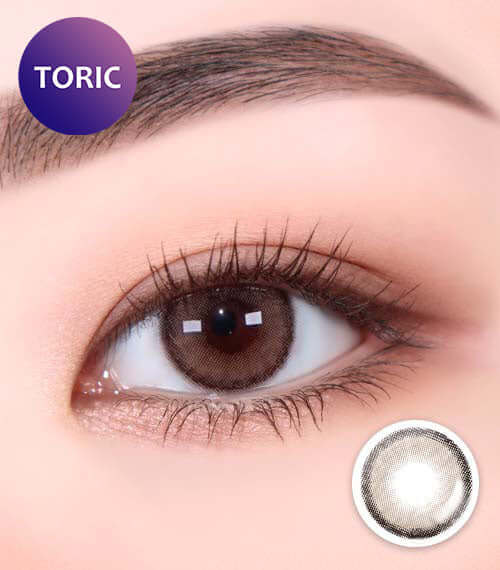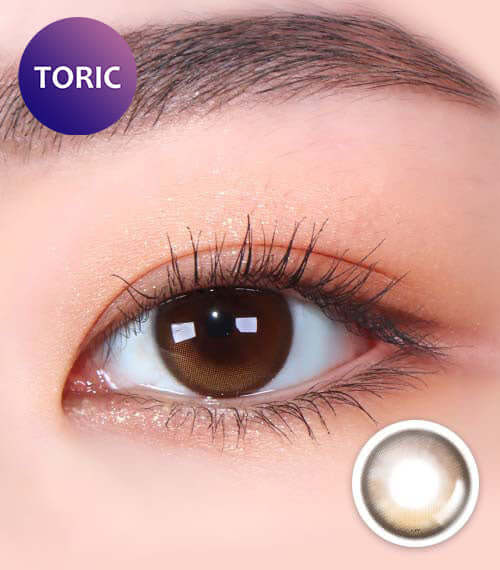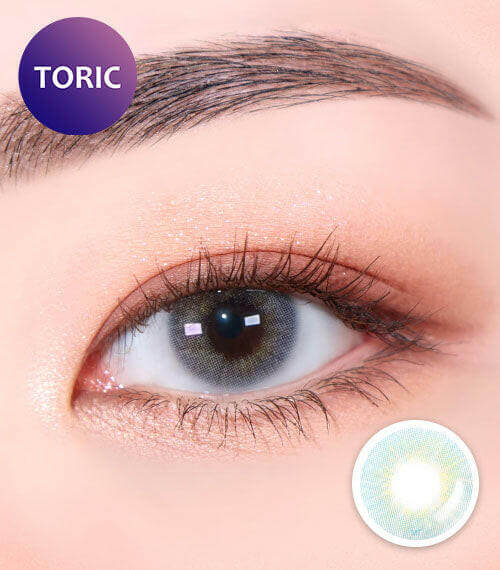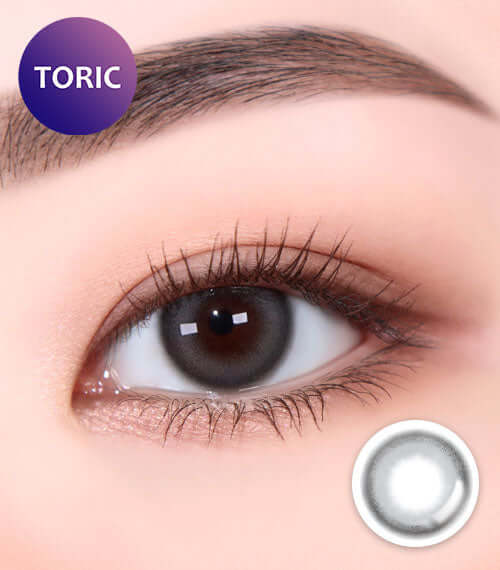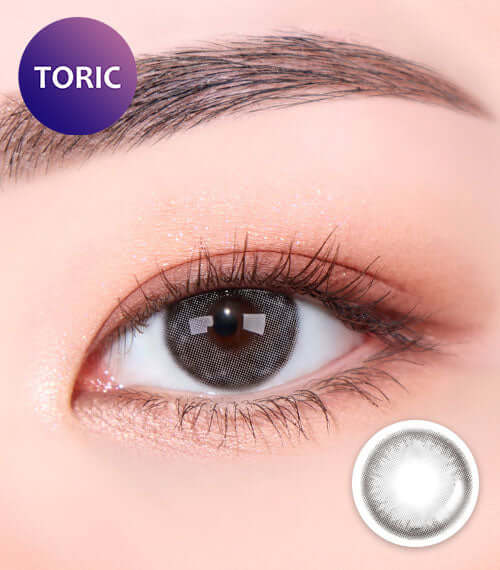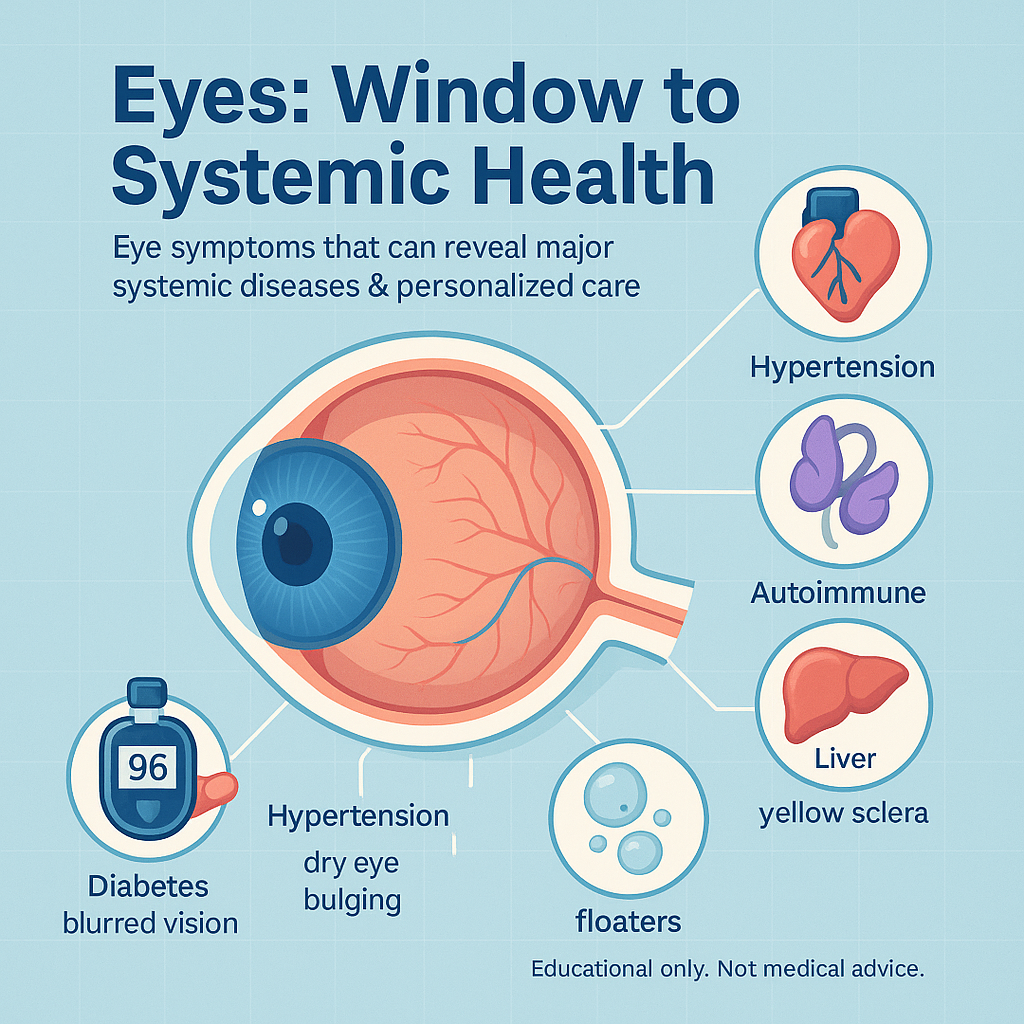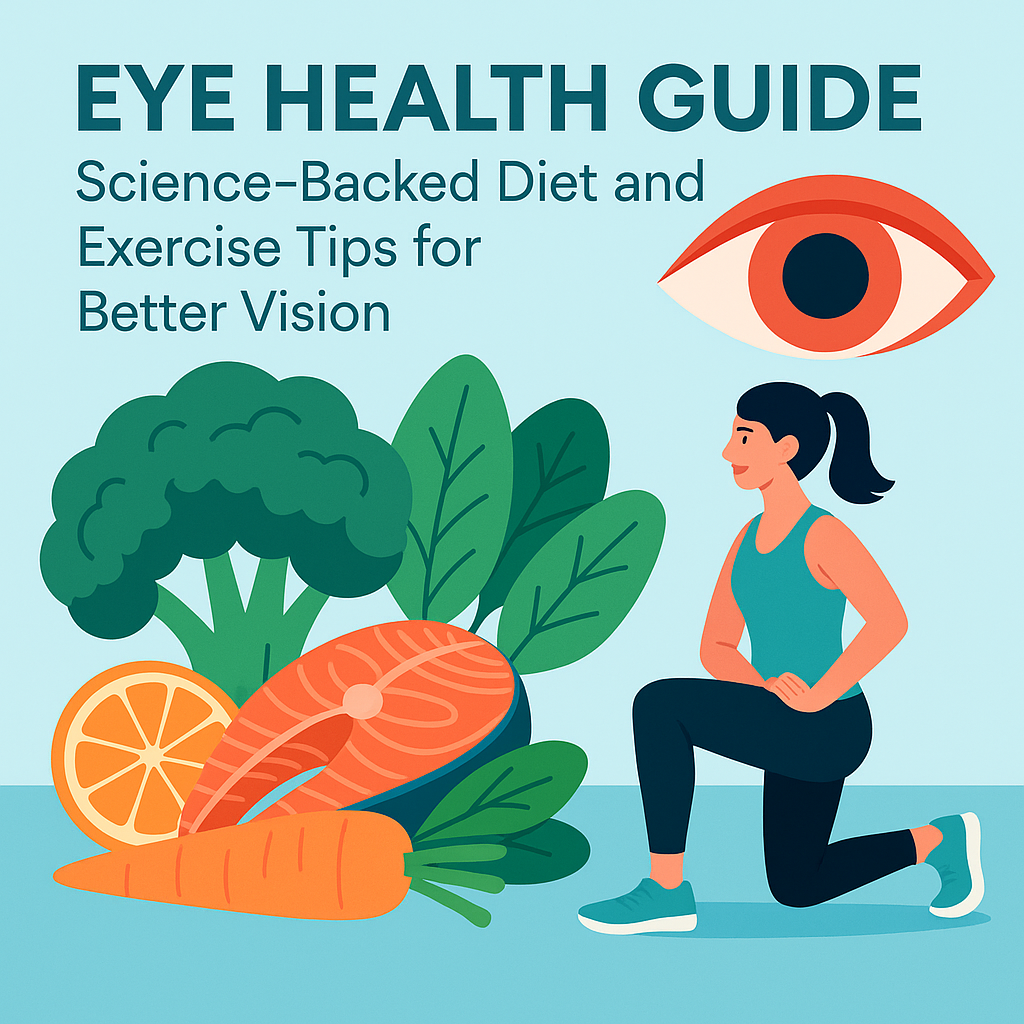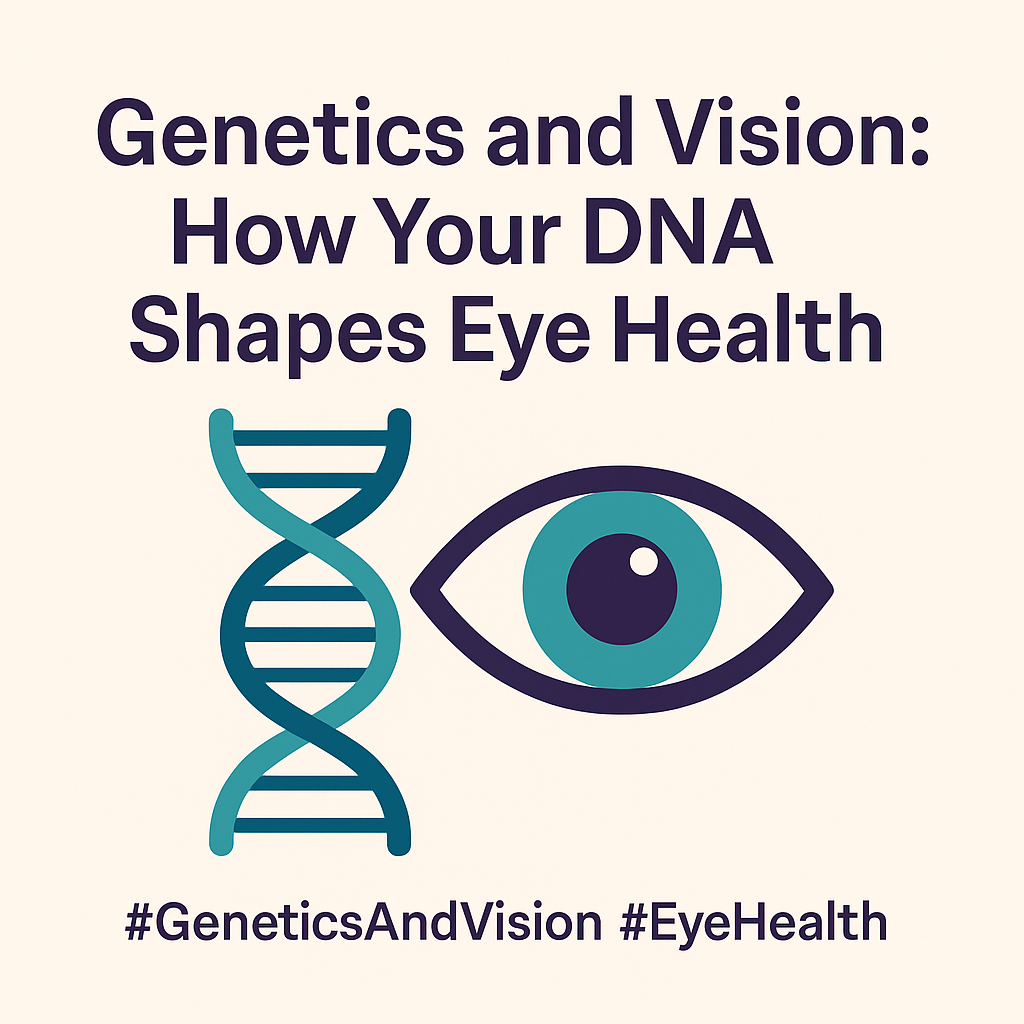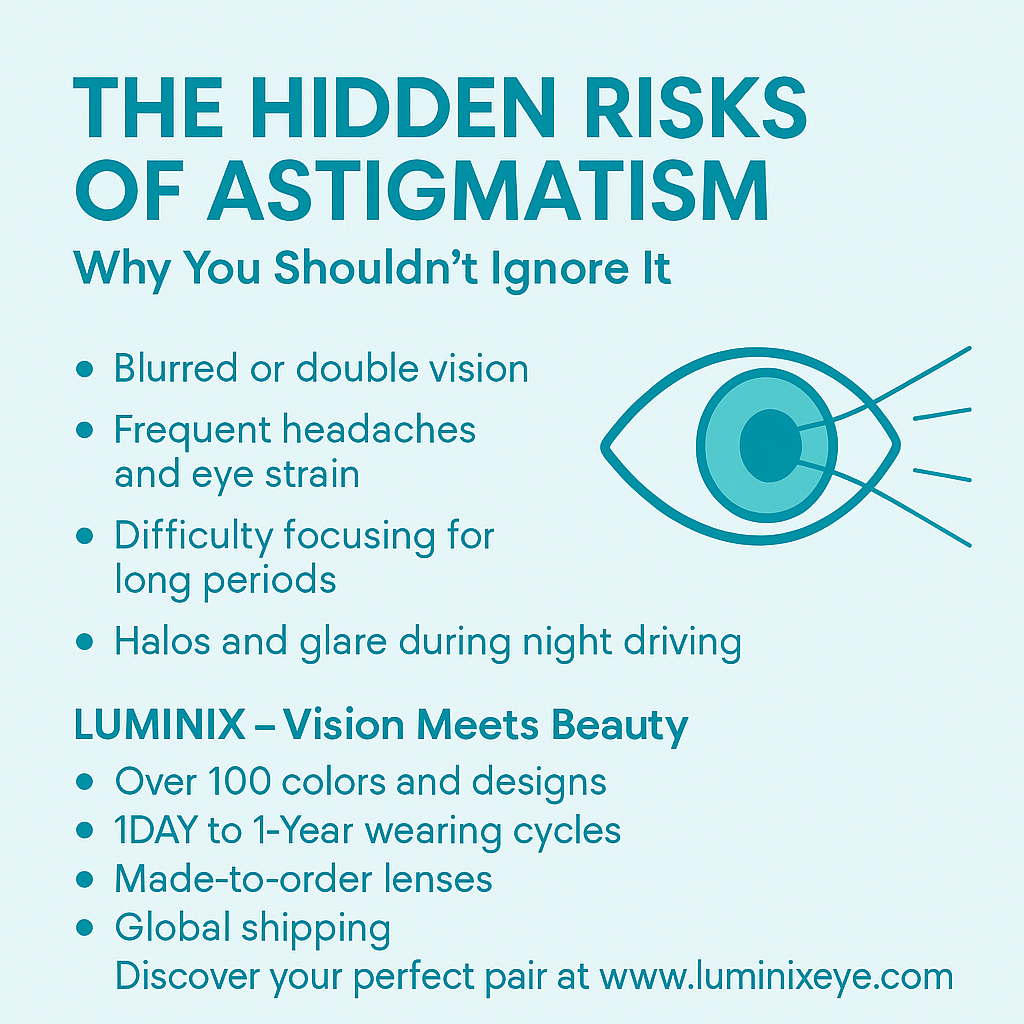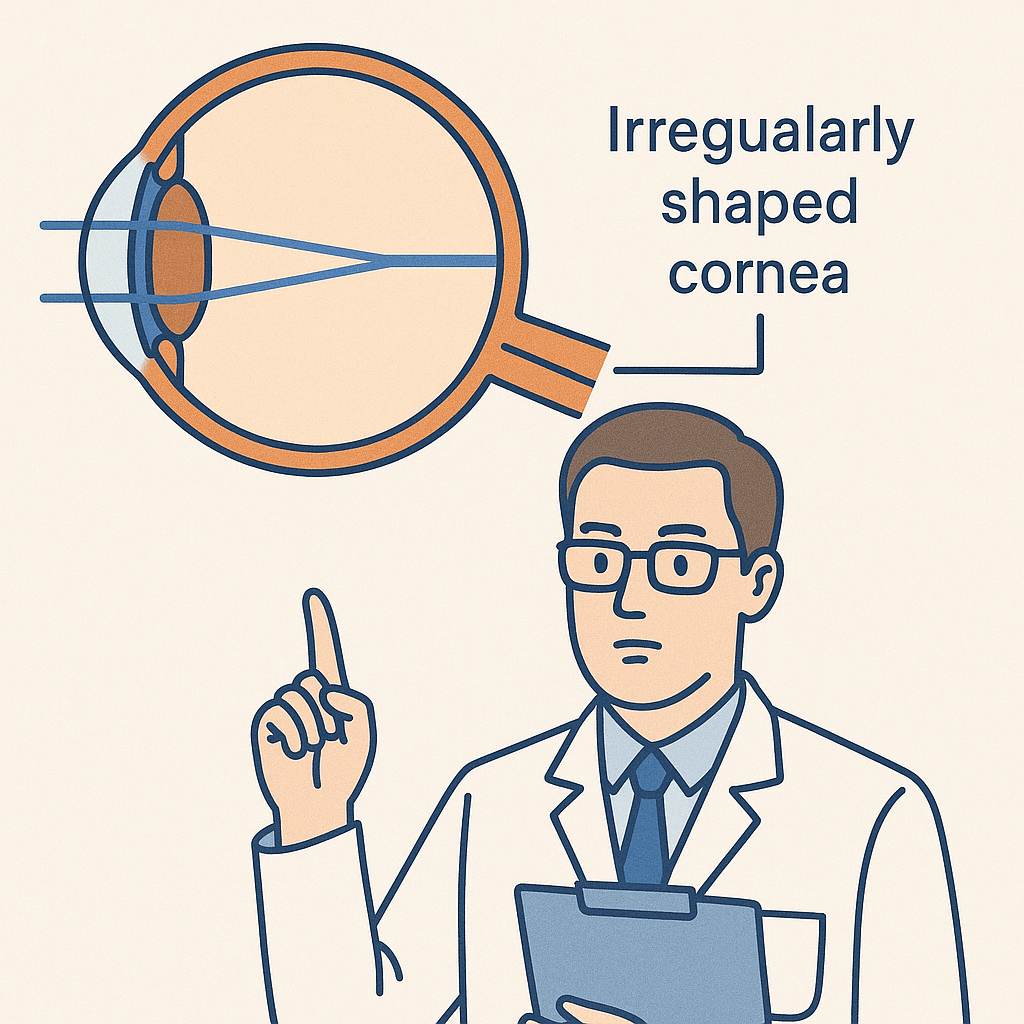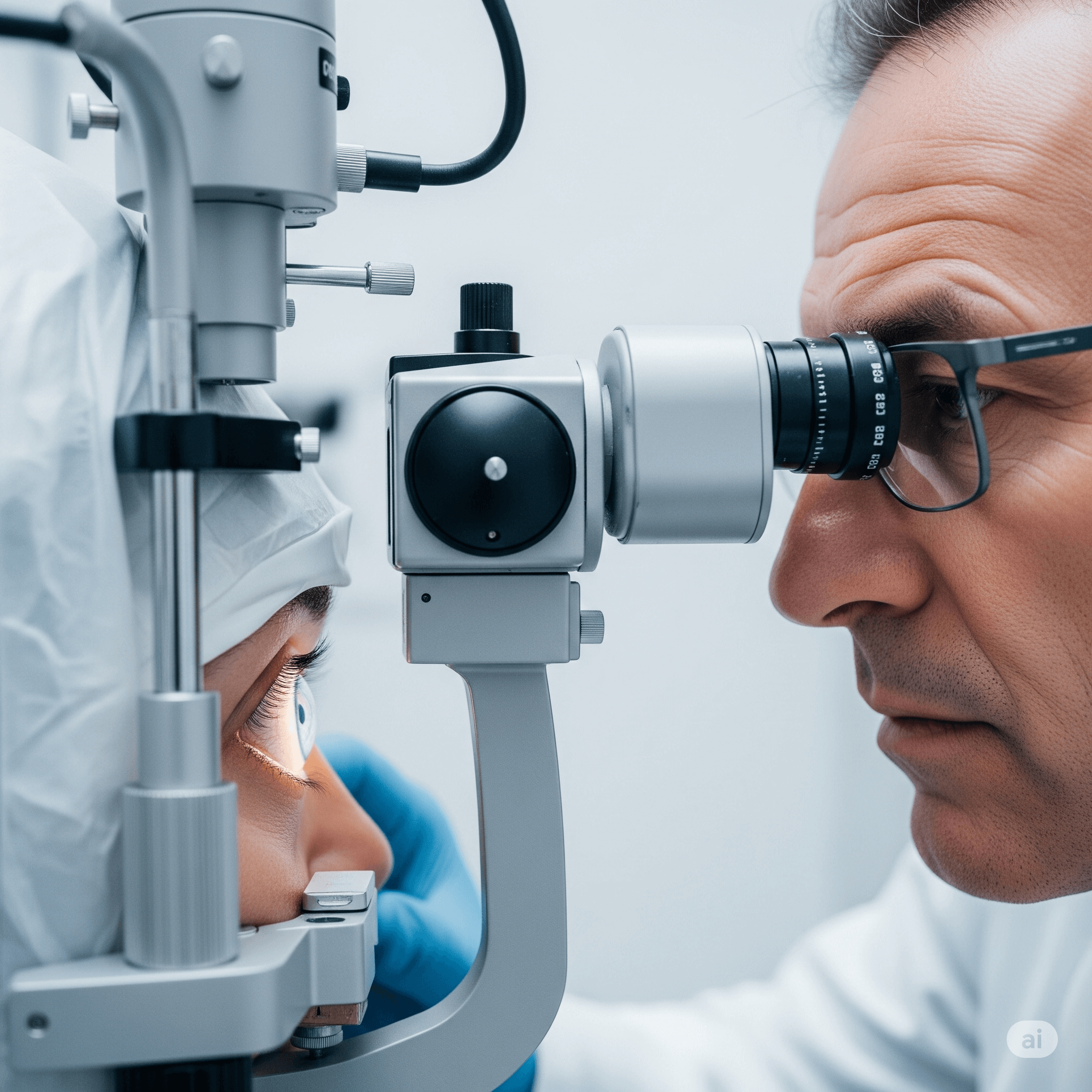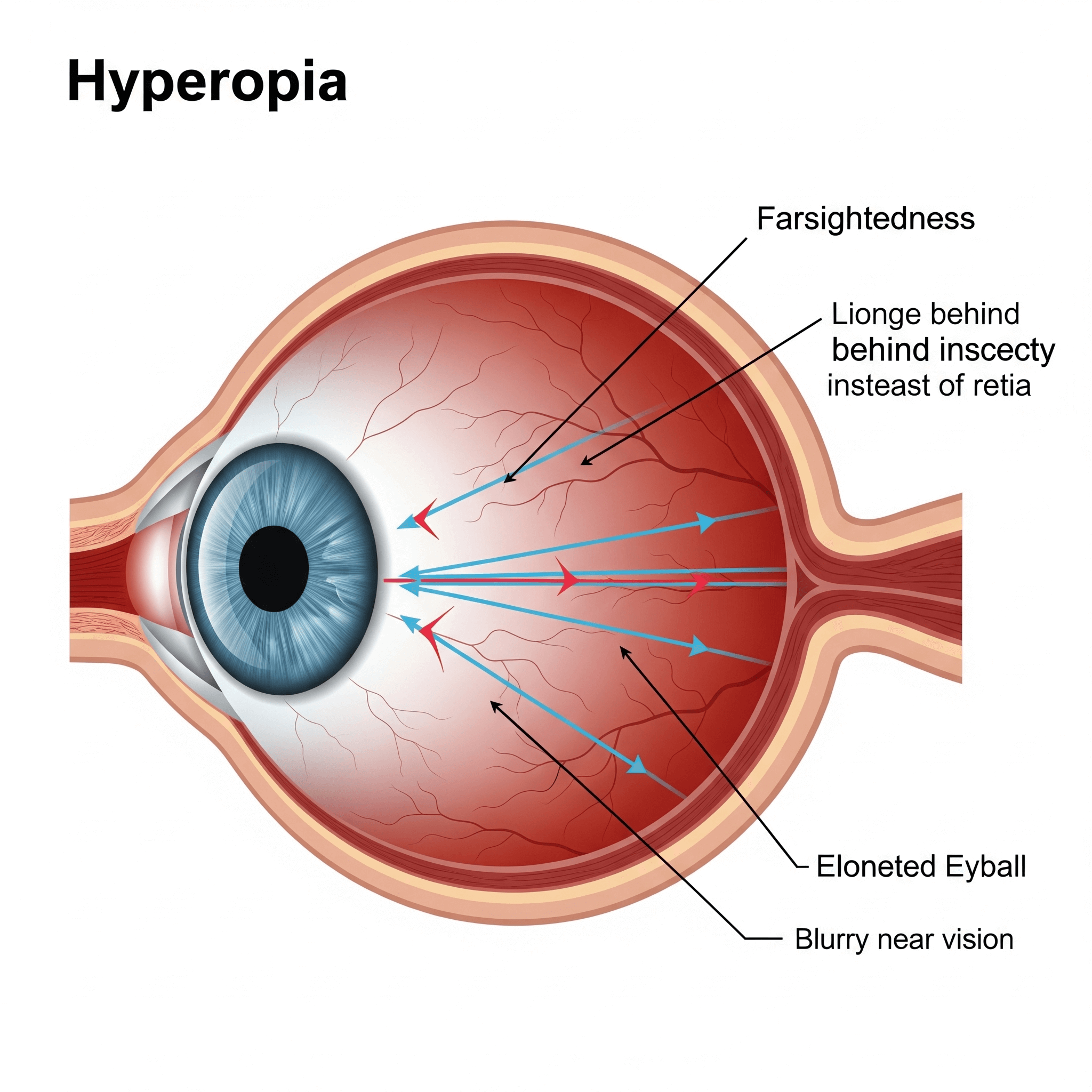
Understanding Hyperopia (Farsightedness)
Understanding Hyperopia (Farsightedness): Trouble Seeing Up Close?
If you experience eye strain or blurry vision when looking at nearby objects, while distant objects appear relatively clear, you might have hyperopia, also known as farsightedness. This is a common vision condition that can affect people of all ages. Let's take a closer look at what hyperopia is, its causes, symptoms, and how it can be corrected.
What is Hyperopia (Farsightedness)?
Hyperopia is a refractive error where the eye cannot focus properly on close objects, causing them to appear blurry. This primarily occurs because the eyeball is too short or the cornea is too flat, causing incoming light to focus behind the retina (the light-sensitive tissue at the back of the eye) instead of directly on it. In mild cases of hyperopia, younger individuals may be able to compensate with their focusing power, but as people age and their focusing ability decreases, symptoms become more noticeable.
What Causes Hyperopia?
The main causes of hyperopia include:
- Genetics: Hyperopia often runs in families. If your parents or siblings are farsighted, you are more likely to develop the condition.
- Short Eyeball Length: When the distance between the front and back of the eye is shorter than normal, light focuses behind the retina.
- Flat Cornea or Lens: If the curvature of the cornea or the lens is too flat, light will not be refracted (bent) enough to focus properly on the retina.
What are the Symptoms of Hyperopia?
The symptoms of hyperopia can vary depending on the degree of farsightedness and the individual's age. Common symptoms include:
- Blurred vision when looking at close objects: Difficulty focusing on tasks like reading, using a smartphone, or working on a computer.
- Eye strain and headaches: Overworking the eye muscles to try and focus on close objects can lead to eye fatigue and headaches.
- Squinting or moving objects further away to see them more clearly: These are unconscious attempts to improve focus on near objects.
- Difficulty with binocular vision: In cases of significant hyperopia, the eyes may have trouble working together to focus, potentially leading to crossed eyes (strabismus).
- Learning difficulties in children: Difficulty seeing books or the board in the classroom can hinder learning.
How is Hyperopia Diagnosed?
Hyperopia is typically diagnosed during a comprehensive eye exam. An eye doctor will perform several tests, including:
- Visual Acuity Test: Reading letters on an eye chart at different distances to assess sharpness of vision.
- Refraction: Using a phoropter (an instrument containing various lenses) to determine the exact refractive error and the lens power needed for correction.
- Automated Refraction: Using an automated instrument to objectively measure the eye's refractive power.
How is Hyperopia Corrected?
Hyperopia can be effectively corrected through various methods:
- Eyeglasses: Convex lenses are prescribed to help the eye focus light directly onto the retina, providing clear vision at both near and far distances.
- Contact Lenses: Similar to eyeglasses, convex contact lenses correct the refractive error. Contact lenses offer a wider field of vision and can be more convenient for active individuals.
- Refractive Surgery: Procedures like LASIK (Laser-Assisted In Situ Keratomileusis), PRK (Photorefractive Keratectomy), and SMILE (Small Incision Lenticule Extraction) can reshape the cornea to improve focus and correct hyperopia. Suitability for surgery is determined after a thorough eye examination.
Living with Hyperopia
With proper correction, individuals with hyperopia can enjoy clear and comfortable vision. Early detection and correction of hyperopia are particularly important for children's vision development. Regular eye exams are crucial for maintaining good eye health. If you experience blurry vision up close or frequent eye strain, consult an eye doctor for an accurate diagnosis and personalized advice.

